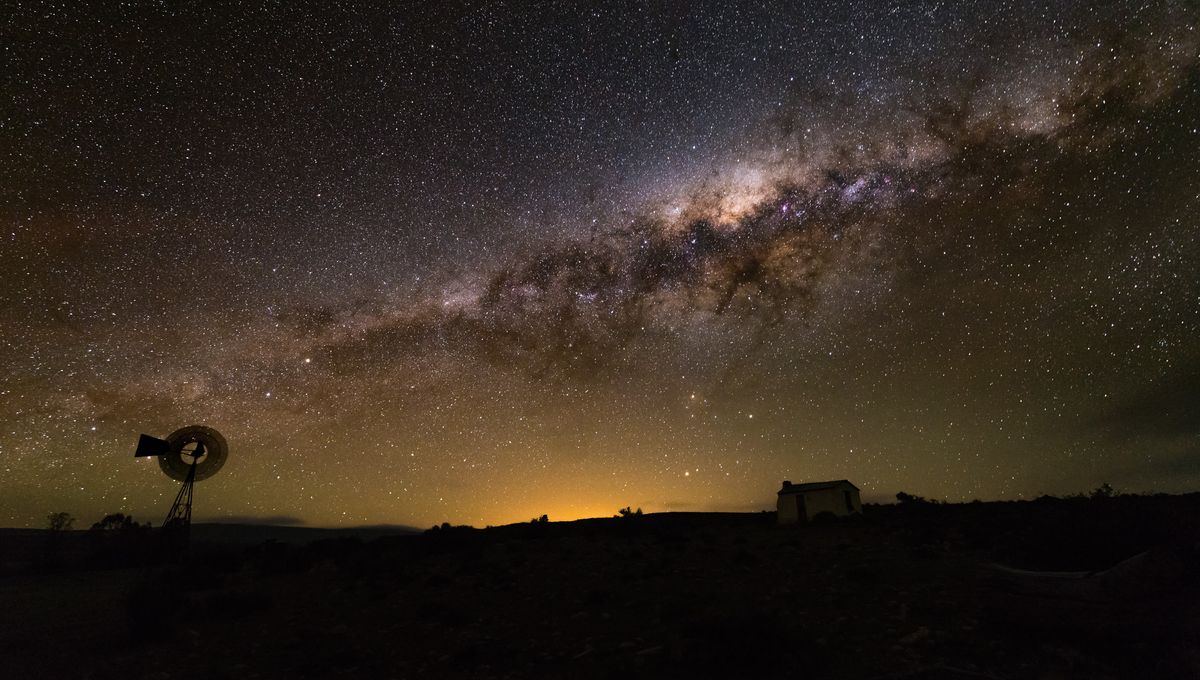
In a matter of days, thousands of astronomers will head to Cape Town and thousands more will log in to participate in the International Astronomical Union General Assembly. This event has already drawn headlines for the proposal of a new definition of a planet, improving the one that redefined Pluto at another general assembly 18 years ago.
However, this conference is so much more than just that – there are going to be discussions on protecting the night sky, but also making sure that the sky remains radio quiet so that cutting-edge astronomy can continue to be done. An interesting session will also look at understanding the Sun and stars better including the potential for superflares.
We made sure that the hosting of this General Assembly was of significance.
Sessions will provide new insights into the biggest mysteries in the cosmos, such as dark matter and dark energy, and the latest on the observations of the most distant galaxies by JWST. There will also be plans for strengthening global cooperation in projects such as the International Celestial Reference Frame, which aims to make astronomy even more precise.
It will be the first time that it will be open access, so the general public will be able to watch the sessions, either in pre-recorded or live format for anyone across the world using the internet. The conference will also be hybrid, allowing participants to present, discuss, and be involved without having to travel.
“We made sure that the hosting of this General Assembly was of significance. I think that if we had taken it as ‘just a conference’ we would have limited ourselves,” Dr Kevin Govender, Chair of the IAU General Assembly 2024, told IFLScience. “At the core of that vision was that we wanted to showcase the incredible potential of the African continent to do astronomy.”
This is the first time that the General Assembly is in Africa. The organizing committee took this opportunity to address some of the massive inequalities that astronomers from the continent face in attending conferences elsewhere in the world: High fees, travel costs, challenges in getting visas, and more factors continue to hinder the ability of African astronomers to present their findings worldwide.
The conference saw an unprecedented 1,400 applications for grants, a demand they have tried to meet. The conference itself has also received the highest number of abstract submissions across its 32 editions – over 3,000 people have applied to present their work at the General Assembly. Govender hopes that it will show the academic community in the Global North how conferences need to be made more accessible to the international community.
Based on observatories alone, the African research contingency has so much exciting stuff to present. To name a few, first, there is MeerKAT, a cutting-edge radio observatory – just this month, data collected by it revealed a neutron star whose jet is changing direction for the first time. H.E.S.S. in Namibia reported in November the highest-energy light ever seen from a pulsar. Science alone places this conference above the rest, but the team was keen on creating a conference that would be a model for others.
“We basically built the conference on three pillars. One is accessibility, the second is impact, and the third is sustainability,” Govender told IFLScience.
Being open access, the hybrid option, making sure that the building is accessible for people with disabilities, and organizing sessions focused on inclusivity have been important aspects of this mission. “Another aspect of accessibility we’re offering is free childcare. We’re inviting anyone who has kids to bring their kids along,” Govender explained.
Part of the push towards the hybrid option is to reduce the amount of greenhouse gas emissions related to conferences. Traveling overseas can be a big contributor. The conference is working with Astronomers for Planet Earth in ways to mitigate its impact, as well as promoting how astronomers can help in building resilience and sharing knowledge for the communities most affected by climate change.
The plans for the conference to have a massive impact are bold: At a local level, involving different communities beyond astronomers to be involved and participate in the public and outreach aspects of the General Assembly. On the international stage, it is to show the enormous contributions that scientists across the African continent have, despite not getting the same kind of attention as contributions from other parts of the world.
With observatories like the Square Kilometer Array being built, African astronomy plays an even more prominent role in our ever-changing understanding of the Universe.
Source Link: Superflares, First Galaxies, Protecting The Sky, And More – International Astronomical Community To Meet In South Africa